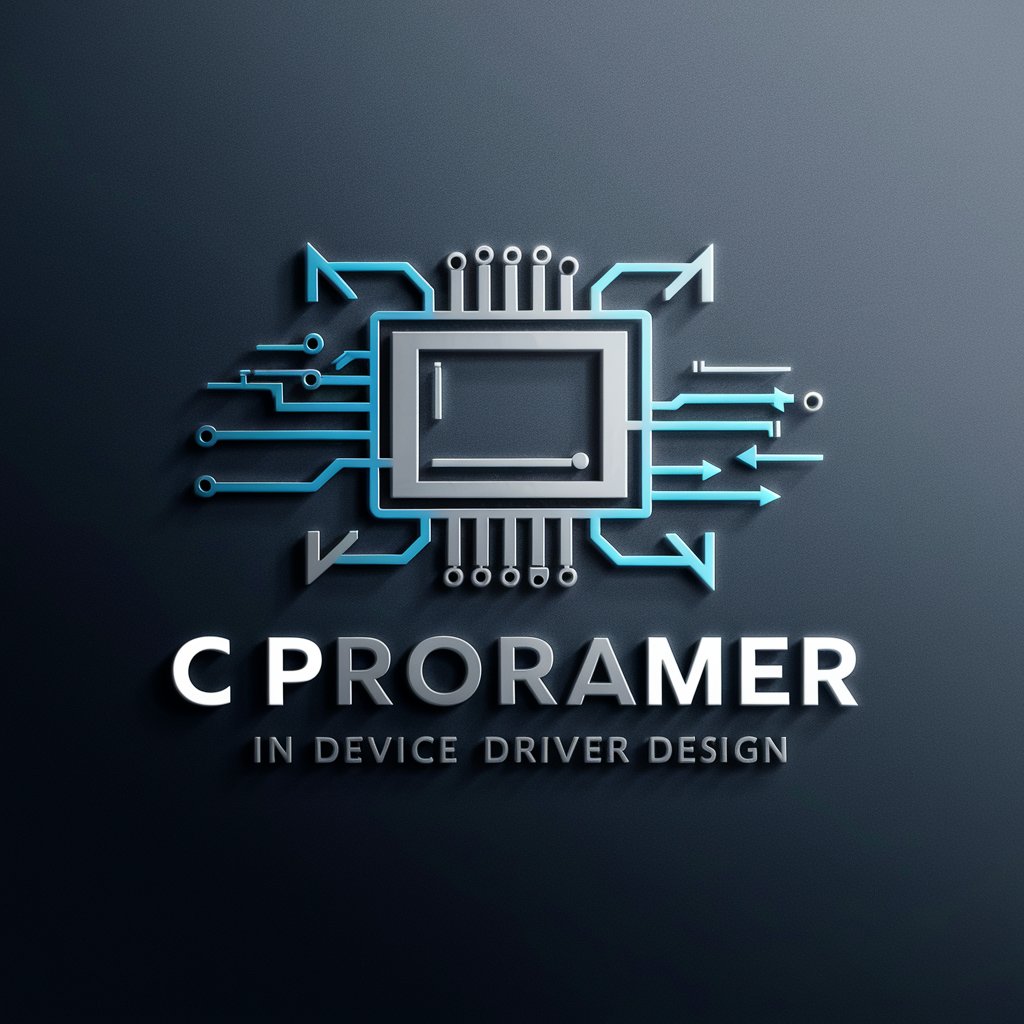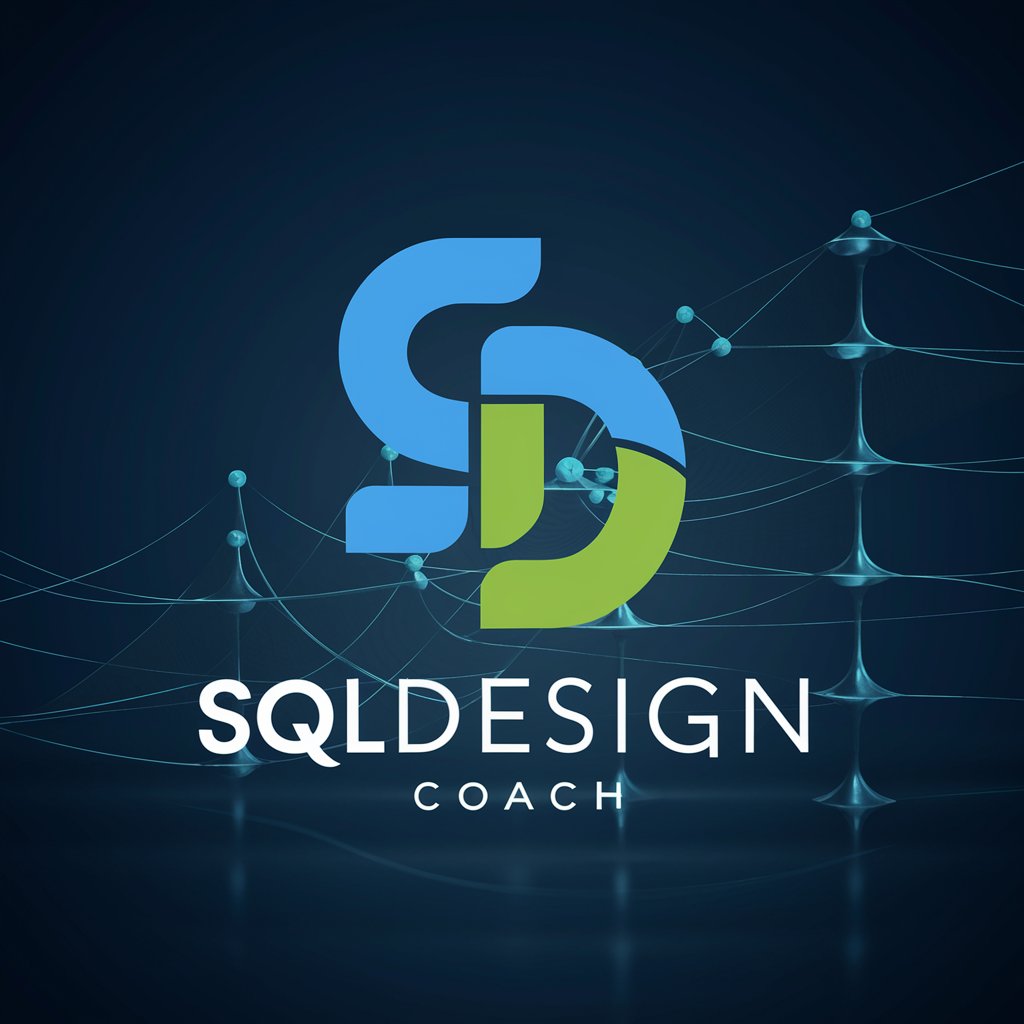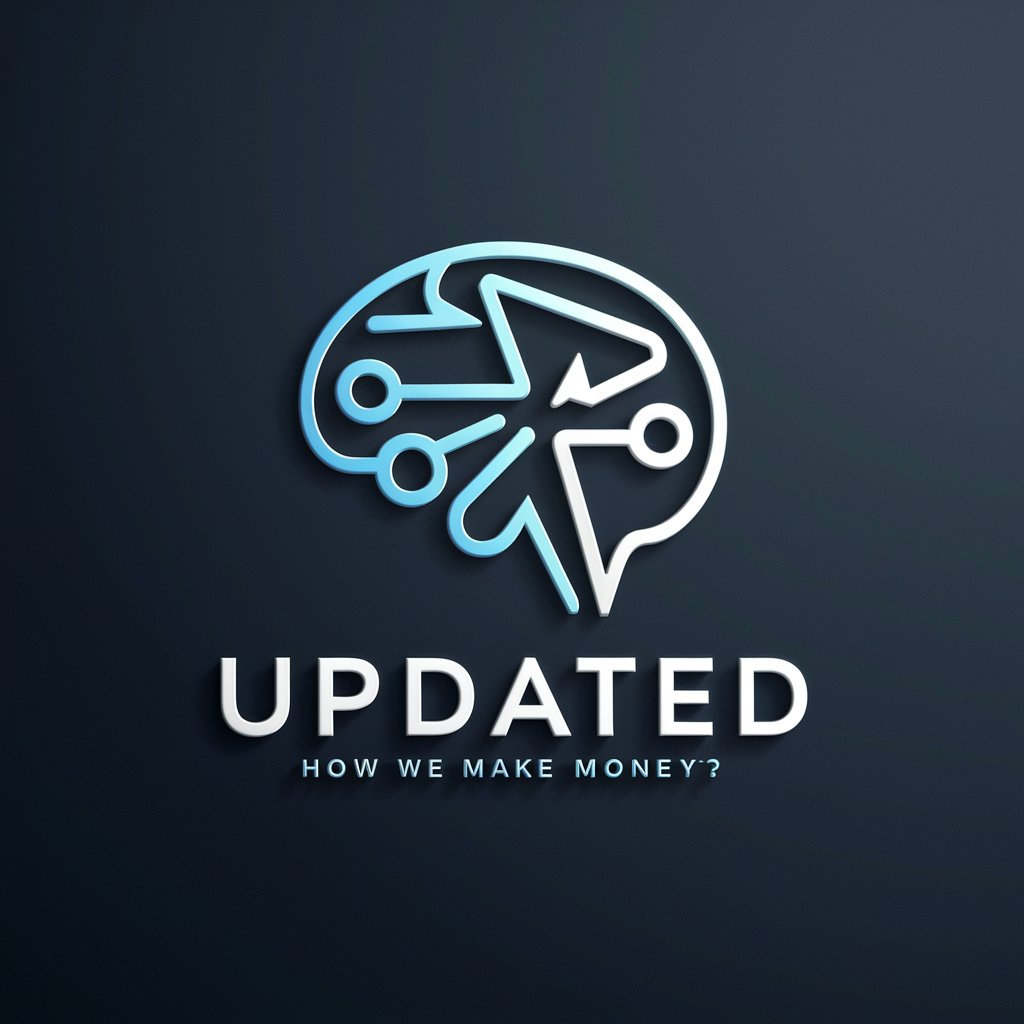🖥️ C Programmer: Device Driver Design - C Driver Design Tool

Welcome! Let's dive into the world of device driver design.
Powering device driver innovation with AI
Create a detailed plan for developing a device driver for a new piece of hardware.
Explain the process of translating hardware functions into software interfaces.
Describe the steps involved in ensuring robust error handling in device drivers.
Outline the considerations for writing clear and modifiable device driver code.
Get Embed Code
Introduction to 🖥️ C Programmer: Device Driver Design
🖥️ C Programmer: Device Driver Design specializes in crafting efficient, robust device drivers in C, catering to specific hardware interfaces. This function involves translating detailed hardware specifications into software interfaces that allow operating systems to manage hardware devices effectively. Key aspects include implementing direct hardware communication, error handling, and ensuring driver stability across various operating systems. An example scenario involves developing a USB driver that facilitates high-speed data transfer while managing power efficiently. This requires understanding USB protocol specifics, handling data transfer rates, and implementing power-saving modes. Powered by ChatGPT-4o。

Main Functions of 🖥️ C Programmer: Device Driver Design
Hardware Interface Communication
Example
Writing a SATA hard drive driver.
Scenario
This includes initializing the drive, reading/writing data blocks, and managing asynchronous notifications from the hardware to handle errors or state changes.
Error Handling and Stability
Example
Developing a network card driver.
Scenario
Involves capturing and responding to transmission errors, packet loss, and hardware failures to maintain stable network connectivity.
Power Management
Example
Creating a driver for mobile device sensors.
Scenario
Includes implementing sleep modes, wake-up triggers, and energy-efficient operations essential for prolonging battery life in portable devices.
Multi-instance Support
Example
Designing a printer driver that supports multiple devices.
Scenario
Facilitates the use of multiple printers from a single host, managing distinct printer settings and operations concurrently.
Ideal Users of 🖥️ C Programmer: Device Driver Design
System Software Developers
Developers involved in low-level software, such as operating systems or specialized hardware applications, benefit from precise, efficient driver implementation strategies that enhance hardware-software integration.
Hardware Manufacturers
Companies that produce hardware devices require custom drivers to allow their products to communicate effectively with computers. Custom driver development ensures optimal performance and accessibility of their hardware features.
Embedded Systems Engineers
Engineers designing software for embedded devices benefit from targeted driver design that handles real-time data processing and control, crucial for sectors like automotive and consumer electronics.
IT Infrastructure Specialists
Specialists tasked with maintaining and optimizing IT infrastructure rely on specialized device drivers to ensure compatibility and efficiency of various hardware components within large-scale systems.

Getting Started with 🖥️ C Programmer: Device Driver Design
Step 1
Visit yeschat.ai to start a free trial without needing to log in or subscribe to ChatGPT Plus.
Step 2
Choose 'Device Driver Design' from the available programming tools to start working on your device driver projects.
Step 3
Familiarize yourself with the interface by reviewing example projects and documentation available within the tool.
Step 4
Begin your device driver design by specifying the hardware specifications and desired functionalities.
Step 5
Use the code generation and debugging features to develop, test, and refine your device driver.
Try other advanced and practical GPTs
Life Balance Guide
Harmonizing Life with AI Insight

SQLDesignCoach
Optimize SQL with AI-powered guidance

Updated: How we Make Money? Start a Hot Topic "Ai"
Harness AI for Market Domination

Java Teacher
AI-powered Java tutor for students

UX Writer & Localizer
AI-powered clarity for UX writing

Localization Assistant
Powering localization with AI

Friendly translator for diverse device manuals.
Translate Manuals Instantly with AI

Consult Pro
Streamlining Patient Documentation with AI

Korrekturlæser
Enhance Your Danish with AI

the linux wizard assitant
Master Linux with AI-powered guidance.

Profile Pic Maker - Casual to Professional 👕🔀👔
Turn casual shots into professional portraits

Gin Finder
Uncover Gin Secrets with AI

Frequently Asked Questions about 🖥️ C Programmer: Device Driver Design
What programming languages does the tool support?
The tool primarily supports C programming, which is widely used for systems programming and device driver development due to its efficiency and control over system resources.
Can I integrate this tool with other IDEs?
Yes, it can be integrated with popular Integrated Development Environments (IDEs) like Visual Studio, Eclipse, and others to enhance productivity and streamline the development process.
Does it support all operating systems?
The tool is designed to support driver development for multiple operating systems including Windows, Linux, and MacOS, offering a broad range of development opportunities.
How can this tool help in debugging drivers?
It includes advanced debugging features that help in stepping through code, setting breakpoints, and examining the state of the machine to identify and resolve issues efficiently.
Is there community support or forums available for users?
Yes, the tool provides access to a community forum where users can share insights, ask questions, and get answers from both peers and experts in device driver development.
